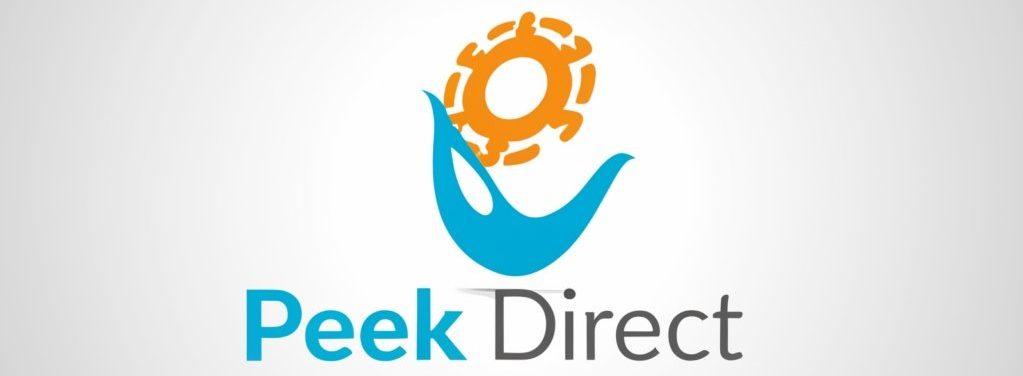In the world of finance, trading in foreign exchange markets, commonly known as Forex, is a multi-trillion-dollar industry that operates around the clock. One of the key markets within this sphere is the United Arab Emirates (UAE) CFD Market, which has seen significant growth in recent years. CFD, or Contract for Difference, trading is a popular method for speculating on the price movements of various financial instruments without actually owning the underlying asset. This article delves into the intricacies of the UAE CFD Market (In Arabic, it is called “سوق العقود مقابل الفروقات في الإمارات العربية المتحدة“) and Forex CFD trading, exploring their dynamics, benefits, and potential challenges.
The UAE CFD Market: An Overview
The UAE, with its strategic location at the crossroads of Europe, Asia, and Africa, has emerged as a hub for international finance and trade. The UAE CFD Market has been bolstered by the country’s robust economic growth, political stability, and advanced financial infrastructure. This market allows investors to trade on the price movements of shares, indices, commodities, and currencies, including the dirham, the UAE’s official currency.
One of the primary reasons for the UAE CFD Market’s popularity is its accessibility. Traders from around the world can participate in this market, thanks to the UAE’s open trading policies and the availability of various online trading platforms. These platforms offer a range of tools and resources that cater to both novice and experienced traders, making the UAE CFD Market an attractive option for global investors.
Forex CFD Trading: A Global Phenomenon
Forex CFD trading is a subset of the broader CFD market, focusing specifically on currency pairs. It allows traders to speculate on the relative value of one currency against another, offering a high degree of flexibility and potential for profit. The Forex market is the largest and most liquid financial market in the world, with daily trading volumes exceeding $6 trillion.
The appeal of Forex CFD trading lies in its ability to provide traders with leverage, which magnifies both potential profits and losses. This means that traders can control larger positions in the market with a relatively small initial investment. Additionally, Forex CFD trading is available 24 hours a day, five days a week, making it accessible to traders across different time zones.
Benefits of Trading in the UAE CFD Market
Trading in the UAE CFD Market comes with several advantages. Firstly, the market’s liquidity ensures that there are always buyers and sellers, which helps maintain stable prices and reduces the risk of slippage. Secondly, the variety of tradable assets allows for diversification, which can help spread risk across different markets and asset classes.
Moreover, the UAE’s regulatory framework provides a safe and secure environment for trading. The Dubai Financial Services Authority (DFSA) and the Abu Dhabi Global Market (ADGM) are two of the key regulatory bodies that oversee the financial services industry in the UAE, ensuring compliance with international standards and best practices.
Strategies for Successful Forex CFD Trading
To succeed in Forex CFD trading, it is essential to develop a robust trading strategy. This includes setting clear objectives, understanding market trends, and managing risk effectively. Traders should also stay informed about global economic events, as these can significantly impact currency values.
One common strategy is to use technical analysis to identify patterns and trends in the market. This involves studying historical price data and using various indicators to predict future price movements. Fundamental analysis, on the other hand, involves assessing the economic, political, and social factors that influence currency values.
Risk Management in UAE CFD Market
Risk management is crucial in the UAE CFD Market, as it is in any financial market. Traders must be aware of the potential risks associated with CFD trading, such as market volatility and leverage. To mitigate these risks, traders can use stop-loss orders to limit potential losses and take-profit orders to secure gains.
Diversification is another key aspect of risk management. By trading a range of assets, traders can reduce their exposure to any single market or asset class. This can help to smooth out performance over time and protect against significant losses in the event of a market downturn.
Challenges and Considerations
While the UAE CFD Market and Forex CFD trading offer numerous opportunities, there are also challenges that traders must consider. One of the main challenges is the high level of competition in the market, which can make it difficult for new traders to gain a foothold. Additionally, the use of leverage can amplify losses as well as gains, which requires careful management.
Traders must also be aware of the tax implications of their trading activities. In the UAE, for example, there is no capital gains tax on financial transactions, which can be a significant advantage for traders. However, it is essential to stay informed about any changes in tax regulations that may affect trading activities.
Conclusion
The UAE CFD Market and Forex CFD trading present exciting opportunities for investors looking to diversify their portfolios and speculate on global financial markets. By understanding the market dynamics, developing effective trading strategies, and managing risk appropriately, traders can potentially reap significant rewards. However, it is crucial to approach these markets with caution and to be aware of the potential challenges and risks involved. As with any investment, success in the UAE CFD Market and Forex CFD trading requires knowledge, skill, and a well-thought-out strategy.

